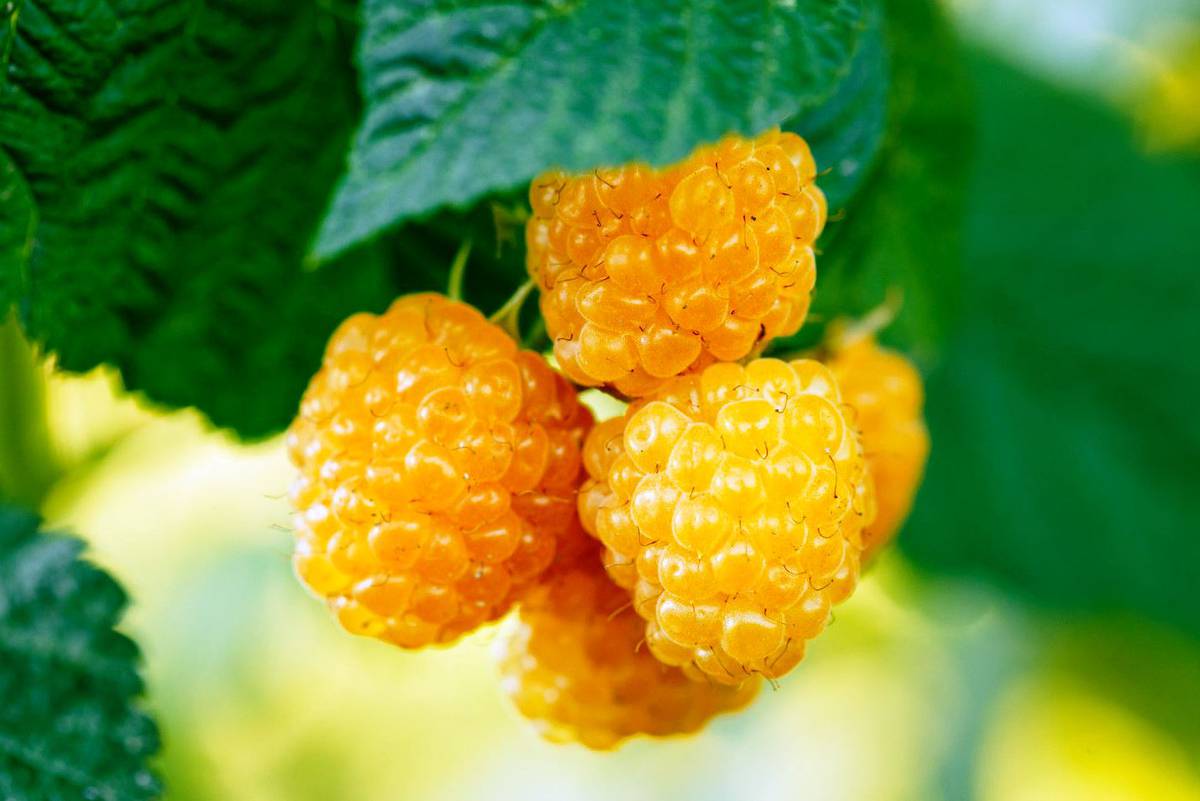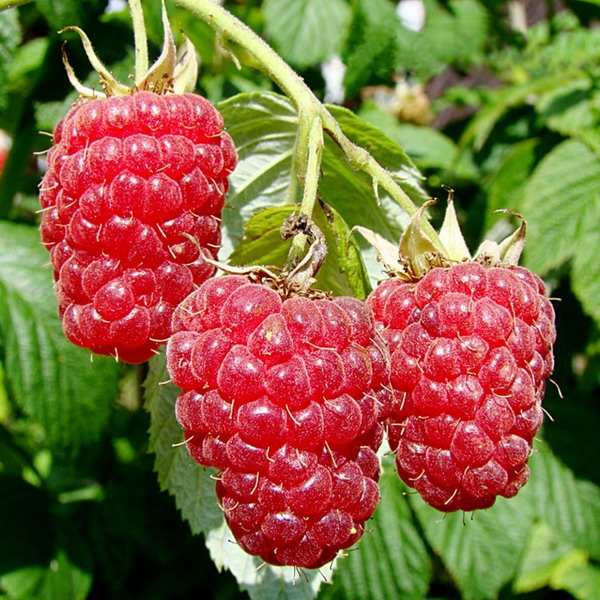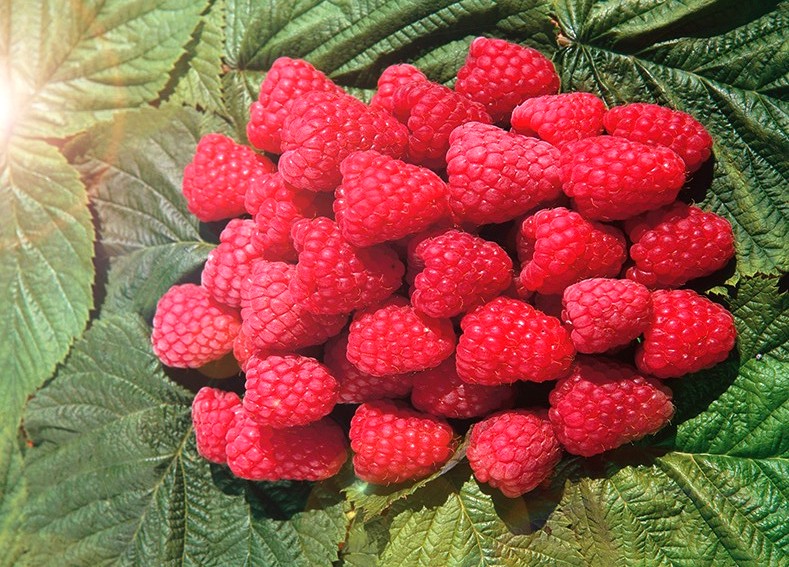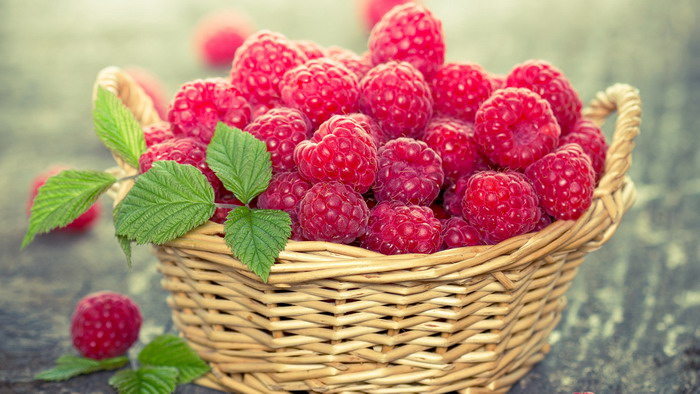Breeders by crossing breed new interesting and unpretentious varieties of berry crops. Strawberry raspberry is no exception, which combines the taste properties of strawberries, and looks like both raspberries and blackberries at the same time, moreover, from a distance, its berries have a strawberry appearance. This hybrid raspberry is called Tibetan. Despite the standard methods of care, in Russia today, few people have heard of it. But in European and Asian countries, this variety is very popular.
Variety characteristics
This species, depending on the country in which it is grown, has several names: pink raspberries, Tibetan, strawberry, seductive. The northern latitudes of China and Japan, as well as Tibet, are rightfully considered the discoverer of this species. These countries gave a complete description of the rose-leaved raspberry as early as the 19th century. Some people still name the variety after its country of origin, calling it Chinese raspberries.
Tibetan raspberry is a small shrub, the shape of which resembles a circle, reaching a height of no more than 70 cm. Its shoots are thin, but flexible, have a large number of small thorns. This raspberry belongs to dwarf, has a very thorny trunk.
The foliage is bright green, with "torn" edges, rough to the touch, due to which it can cling to clothing. During the flowering period, from June to September, large-sized flowers periodically appear, and strawberries have the same. In Europe and Asia, this species is very often grown for decorative purposes, since flowering shrubs look picturesque.
Large berries are directed upward and grow separately from each other, without forming a brush, in diameter they can exceed 4-5 cm, have a bright red color, during the period of full ripeness they are well separated from the stalk. In equal amounts, the berry contains both sweetness and acidity, so the taste is unusual, for an amateur. The berry contains a large amount of vitamin complex (C, P, A, iron, potassium, copper, pectin), has a beneficial effect on the human vascular system, normalizes the digestive tract, fights against colds and vitamin deficiency. The fruiting period lasts from early summer to the first frost.
The fruits of the Tibetan strawberry raspberry are widely used for culinary purposes when baking pies, compotes, and jellies. The berries produce aromatic red wine. In Asian countries, due to the pronounced sourness, the fruits are used to prepare vegetable salads. The fruit of the Tibetan raspberry is subject to freezing and drying, subsequently used for brewing healing and delicious teas.
Raspberry rose-leaved perfectly tolerates frosts, is very resistant to various weather anomalies, is unpretentious to the soil, but requires regular watering.
There are a number of disadvantages of the Rose raspberry variety (another Asian name):
- The berry has a very sharp sour raspberry flavor, which is not to everyone's liking, experts assess its taste as neutral, without pronounced aromas;
- Fruit picking is quite difficult due to the large number of thorns;
- Allergy sufferers should limit the use of berries, since there is a high probability of harming the body in the form of an acute allergic reaction.
Care rules
Planting and leaving the Tibetan raspberry variety, first of all, implies the timely removal of excess growth, usually this procedure occurs in autumn. Otherwise, it will grow strongly, surviving all the vegetation in its path.
As for the choice of a place for planting, raspberry strawberries are very unpretentious and feel great both in sunny and shady areas. This shrub is very active and completely undemanding to the type of soil and additional fertilizers.
Planting Tibetan raspberries is possible in several ways:
- Cuttings that can be dug out at the end of autumn, after collecting the last harvest from your own plot. Having dug out a seedling, carefully, without damaging its root system, you need to cut off the trunk, leaving no more than 3-4 cm from the root collar.If the cutting is large, it must be divided into parts so that 1-2 buds remain on each of them. When buying ready-made seedlings, the selection process is standard: the presence of buds on the shoots, a developed root system, a visible absence of pests and diseases on the cuttings;
- With the help of young growth. They cut it off with a shovel, digging up the root system. The raspberry bush must be quite “adult”, at least 5 years old;
- An adult shrub in late autumn with a sharp knife (shovel) is divided into separate segments in the area of the root collar;
- With the help of seeds, which are stored for a month in a cold place at a temperature of about 3-5 degrees, sprinkled with sand. Then the seeds are planted in a container in a standard way at a temperature of 25-30 degrees for several months.
Planting of Tibetan raspberries occurs in separate pits located opposite each other at a distance of at least a meter. In the first year, small and neat bushes appear, which grow very quickly by the end of the season. The depth of the pit is about 30-40 cm. Planting is done in a standard way.
This variety of raspberries is very fond of moisture, therefore, in the absence of rain, each bush requires at least 1 bucket of water, several times a week.
Fertilization of the soil can be done in the standard way 1-2 times a year. In early spring, the shoots are fertilized with ammonium sulfate (180-200 rubles of the Russian Federation for 2 kg *.). 30-50 gr. bred in a bucket of water per 1 bush. In the fall, after the end of fruiting, you can feed the crop with potassium sulfide, for example, from Roslo (65 rubles of the Russian Federation per 1 kg *.), Fertilizer is scattered over the soil surface, at the rate of 50 gr. on a bush, and poured with a bucket of water.
Preparation for wintering includes, with the arrival of the first frost, cutting off all the shoots (the height of the cut bushes should not exceed 5 cm). Additional cover for raspberries is not required.
To combat insects that infect raspberries (raspberry beetle, weevil, aphid), you can use moderately toxic pesticides, for example, Karbofos (10 ml for 20-25 rubles RF *), at the rate of 5 ml per 10 liters of water. The resulting solution should be sprayed on the bushes at the rate of 10 liters per 10 square meters. Spraying is carried out in the morning or evening at a temperature not lower than + 15 degrees.
Tibetan raspberries, unfortunately, are not in high demand in Russia. But the benefits of the berry are unambiguously great, since it is rich in a vitamin complex. It is completely unpretentious in care, it winters even in the most severe regions. The only risk factor is the flavor of the berry, which may not be to everyone's liking.
* the price is valid on 17.06.2018

















